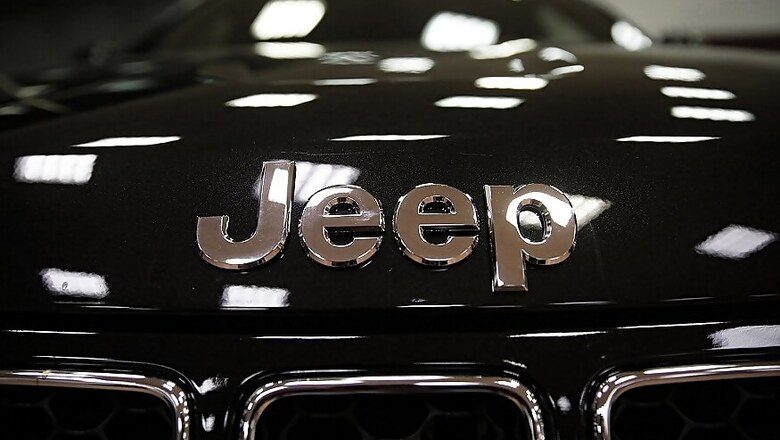
views
The American consumer returned in force to automobile showrooms in March, lifting an industry that had been plodding along in a post-sales boom hangover.
The biggest players in the North American market reported gains Tuesday -- some eye popping -- compared to March 2017.
General Motors was up an unusually high 16 percent, followed by Fiat Chrysler's 14 percent sales jump. Ford rose 3.4 percent and Toyota gained 3.5 percent.
Analysts expect the industry as a whole to report a two-to-three percent sales rise.
German auto giant Volkswagen, while a relatively small player in the North American market, reported a stunning 17.8 percent sales rise -- signaling a continuing recovery from a scandal over diesel emissions cheating.
Analysts credited the good news to automakers' increased reliance on fleet sales, Americans' appetite for SUVs and light trucks, and recent tax cuts that gave individuals and corporations more spending money.
"March proved to be a lion for the domestic automakers, with double and even triple-digit sales increases posted for redesigned SUVs," Rebecca Lindland, executive analyst at Kelley Blue Book, said in prepared remarks.
While trumpeting retail market share gains, GM announced it would stop the decades-old industry practice of announcing sales totals on a monthly basis, switching to quarterly reports instead.
The company accounts for 18 percent of the North American market. Its move could frustrate analysts' efforts to compile a monthly snapshot of the industry, especially if other automakers follow suit, said economist Charlie Chesbrough of Cox Automotive.
"Measuring monthly sales is already difficult," he said in a statement. "Having incomplete data will make it even more challenging."
- Good news in March -
For the time being, March numbers suggested US consumers were in a buying mood, as were government agencies and companies looking to replenish aging fleets.
Chesbrough said little had changed in economic fundamentals to explain sales gains, except for the potential impact of December's tax cuts that fattened some consumers' paychecks -- and gave corporations major tax reductions.
"The impact of tax reform may now be kicking in and lifting the market above previous expectations," Chesbrough said.
Fiat Chrysler was among the biggest beneficiaries. Its Jeep SUV brand had a 45 percent sales jump, helping lift the automaker out of months of decline.
Crossovers, pickups and SUVs also lifted GM, which highlighted robust sales of Chevrolet's newly redesigned Equinox crossover and Traverse mid-size SUV.
"The job market is strong, consumer confidence is at decade-high levels and we see clear evidence that business owners are taking advantage of tax reform to upgrade their fleets," GM's chief economist Mustafa Mohatarem said in a statement.
GM had made a point last year of reducing its reliance on fleet sales, but announced that, year over year, commercial deliveries in March had risen 19 percent.
Ford's fleet sales were up 8.7 percent while retail sales to consumers were up less than one percent.
Nissan posted a decline of 3.7 percent, even while selling more of its popular Rogue SUVs than Toyota sold of its stalwart RAV4.
Honda gained 2.7 percent but its newly redesigned Accord sedan continued to struggle.
The Japanese automaker blamed a lack of public interest in sedans and deep discounts by competitors.
SUVs helped lift luxury car brand BMW sales by one percent, while its sister Mini brand struggled, down 9.1 percent.
Tesla reported first-quarter production totals that fell short of its goal of 2,500 Model 3 sedans per week.
Still, the company said total output was up 40 percent from the previous quarter.
Also Watch: Allen Ko, Chairman, Kymco talks about India Plans | Interview

















Comments
0 comment